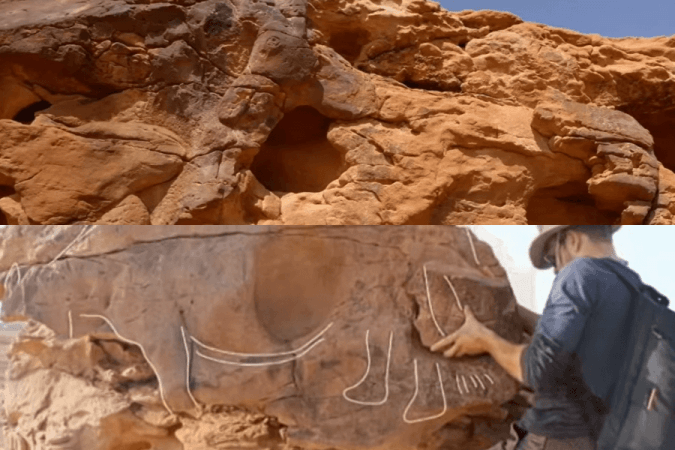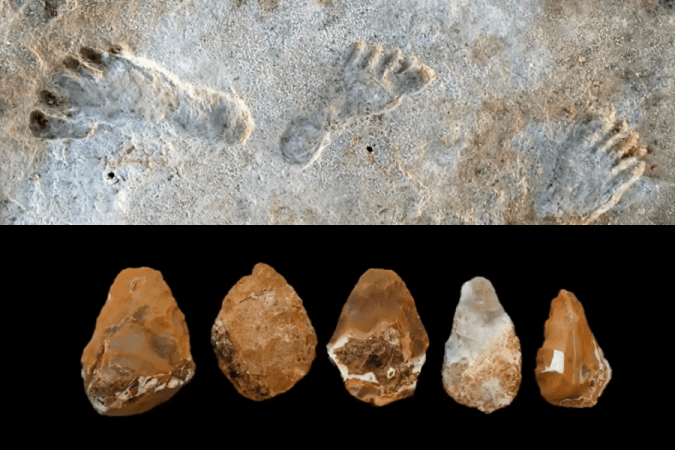A new study published in the Journal of Archaeological Science has revealed that the camel carvings in Saudi Arabia traced back to the prehistoric period could be the meeting points of nomadic tribes. These sculptures date back to the Neolithic era, the final period of the Stone Age.
A team of 14 researchers from Europe and the Middle East studied the Camel Site in depth using X-ray analysis and luminescence dating. When these sculptures were discovered in 2018, they were thought to be 2000 years old; however, this new analysis places the camels at 7,000 to 8,000 years old.

Their research
According to the published research, camels are the world's oldest large-scale animal reliefs. Additionally, the camels are the earliest three-dimensional Neolithic sculptures yet discovered.
The researchers used erosion patterns, tool marks, and animal bones from the site to re-date the sculptures. To date rocks using luminescence dating, scientists analyzed the energy of photons emitted by rocks subjected to natural infrared and heat radiation.
Anatomical structures can tell when they were initially exposed to light or heat. A stone instrument rather than a metal one was suggested by the tool marks, indicating researchers were in uncharted territory.
On three rock spurs, there were 21 carvings. Each would have taken around ten to fifteen days to finish using tools made of chert rock which would have required periodic refining and replacement of the instruments.

"They are incredibly magnificent, and given that we see them today in a highly eroded form with many panels missing, the original site must have been simply mind-blowing," said Maria Guagnin of Germany's Max Planck Institute for the Science of Human History's department of archaeology.
Although the reason for the camel sculptures is unknown, scientists speculate that they may have served as a gathering spot for nomadic tribes.
"Neolithic tribes routinely reverted to the Camel Site, indicating that its symbolism and purpose were preserved through many generations," Guagnin asserted, stressing that ancient people fixed the sculptures regularly.

Other prehistoric discoveries
The research fundamentally changes our understanding of ancient migration from Asia to the Americas, said archaeologists. David Bustos, an archaeologist at White Sands National Park in New Mexico, discovered the traces in 2009 on the bank of a long-disappeared lake.
His team used radiocarbon dating to determine the age of a significant number of seeds from Ruppia cirrhosa, a water ditch grass, that became embedded in the imprints. They concluded that the markings were produced between 22,800 and 21,130 years ago.
Another discovery took place in Israel. Israeli researchers have discovered a unique prehistoric location near Tel Aviv that has been hailed as a "heaven" for hunter-gatherers 500,000 years ago.
The ancient landscape was discovered around 5m (16ft) below the surface between Jaljulia and the Route 6 highway. The Israel Antiquities Authority, which co-excavated with the university, found hundreds of flint hand axes.
The findings suggest that it was utilized by forefathers of modern humans - Homo erectus - at some point in their evolution.
















